I’ve been drafting even more than I usually do because I’ve really enjoyed the Lost Caverns of Ixalan draft format. My experience with the set is weird because while I often draft control decks, I rarely draft decks that prioritize completely different cards than other people succeed with, which seems to be happening here.
When I look at what’s been doing well in the format according to 17lands.com, a site that drafts statistics from Arena users, the most successful and most heavily drafted decks are Blue/White and Blue/Red, but I mostly draft Black decks, usually Black/Green, and I also splash a lot. Even when I don’t play Black, I almost always build my decks to try to win long games rather than to try to go faster than my opponent.
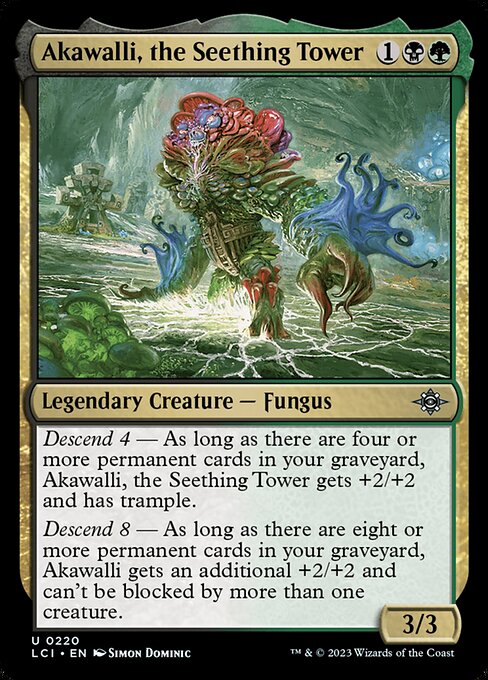
The result of this has been that I haven’t really been able to reference data from 17lands about which cards are good, because the context of my decks are so different than the decks most people are playing that what works well in other decks has very little correlation with what will work well in my decks.
I’ve known a lot of players who have generally been skeptical of the utility of data for drafting, and I’ve mostly found it useful, but I also never take it as gospel. My general approach has been to assume that cards are about as good as their aggregate performance would suggest except in cases where my context provides a clear exception, but in this set, I just assume that my context provides a clear exception for every card before even checking.
I can only do this because my results have been good enough that I can trust that the cards that I think have been good are good, but this situation has made me hesitant to tell other people what to draft in this set. If I were to tell someone to draft Black/Green without giving them any more information, I’d have to expect that their results would most likely more closely resemble the aggregate stats, which are very bad.
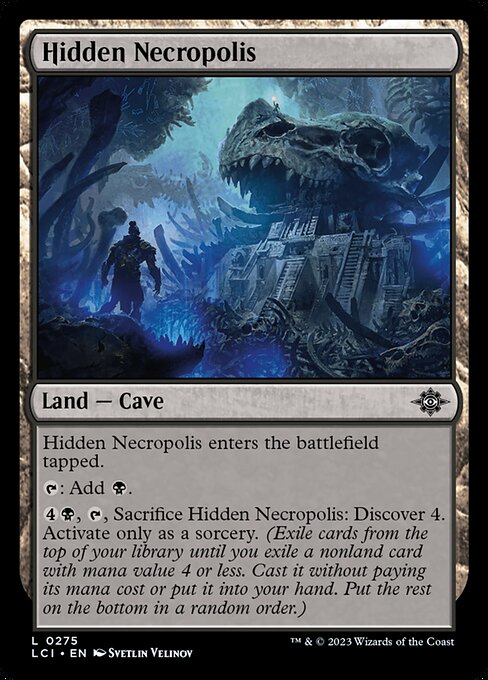
So I’d like to try to explain enough of the reasoning that I can provide some useful advice.
My overall goal is to draft such that I have inevitability in any given game. The onus will very rarely be on me to end a game. If an attack is risky, I don’t have to make it, and if I could use a removal spell on a creature that isn’t very important to push damage, I won’t bother to do that. Every extra turn that happens will increase my chances of winning.
Understanding the big picture goal makes it a lot easier to evaluate cards, because you can ask how well they accomplish that goal.
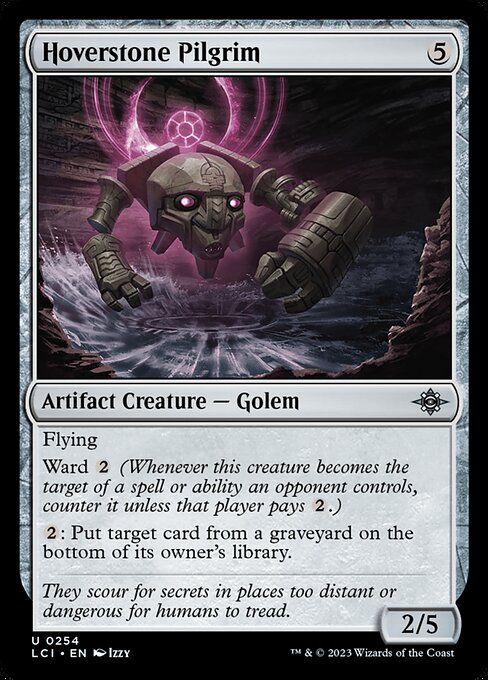
The most important card in the format for me is Hoverstone Pilgrim, and I’m always drafting to prepare to see it, and very rarely pass it. When I’m streaming, people often ask why a particular deck wants Hoverstone Pilgrim. The answer is that the card plays well in the format because it’s a fantastic blocker and if you’re playing long games it’s more likely that your opponent’s graveyard is going to matter and being able to get cards out of their graveyard can help you a lot when it comes to long term inevitability. However, the real reason it’s important to me is so that I can expect that I can’t deck myself.
Players often ask how often that comes up, and the honest answer is that while it has come up, it’s extremely rare, certainly less than once per draft where I have Hoverstone Pilgrim on average. However, I think it impacts the game even when it doesn’t come up. I kind of think of Hoverstone Pilgrim as a security blanket, but having it actually matters because it lets me safely play the kind of game I want to play rather than finding myself in situations where I have to consider that I should maybe be careful about drawing or milling too many cards or maybe I need to find a way to push damage before I run out of cards. Having it in my deck just means there are a lot of things I get to stop playing around, and that lets me play better in the mid to late game.
You might note that my opponent can just kill my Hoverstone Pilgrim and then deck me. That’s true, which is why I always prioritize having a way to get my Hoverstone Pilgrim back from my graveyard. Fortunately, there are three common cards in three different colors that let me get Hoverstone Pilgrim back and none of them are taken very early: Oltec Archeologists, Another Chance, and Walk with the Ancestors. Any time I’m really planning to have a decent chance of getting through my library, I’ll prioritize having one of these, even if I have to splash it.
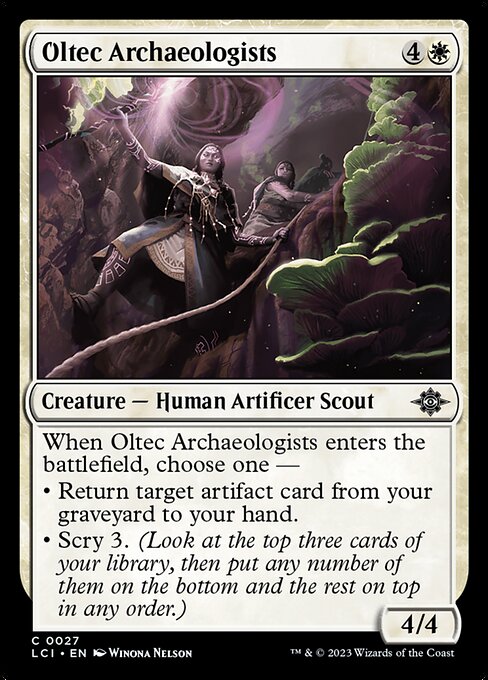
While I think the impact of having a Hoverstone Pilgrim in my deck is higher than any random common I could have instead, so I take it highly, I don’t think it’s actually required to play with the kind of strategy I like to play with, since, as mentioned, it doesn’t actually come up all that often.
You might think that if I’m drafting control decks I’d want to try to have a lot of removal and maybe counterspells, but most removal spells aren’t really that important to me. It’s certainly good to have some to answer opposing bombs, but for the most part, I’ve found blocking to be very effective in this format, and because of the descend mechanic I try to play around 35 permanents in most of my decks, so I’m only interested in premium removal.
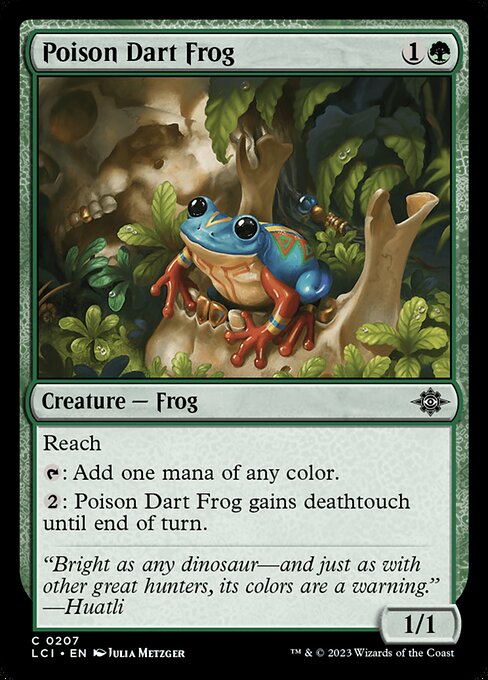
Here are some common creatures I really like blocking with:
Black: Deathcap Marionette, Echo of Dusk, Primordial Gnawer
Green: Basking Capybara, Poison Dart Frog, Mineshaft Spider, Pathfinding Axejaw
Blue: Cogwork Wrestler, Waterwind Scout, Didact Echo, Frilled Cave-Wurm
All of these creatures trade with creatures that cost more mana than them and/or generate some kind of immediate value when I play them. These let me get a little ahead and/or stop my opponent from attacking, allowing me to take additional turns, which means it’s more likely that I’ll win.
The uncommon creatures are where the real value comes from
Black: Deep-Cavern Bat, Stinging Cave Crawler, Synapse Necromage, Chupacabra Echo, Gargantuan Leech
Green: Cenote Scout, Coati Scavenger, Thrashing Brontodon, Colossadactyl
Blue: Spyglass Siren, Sinuous Benthisaur, Council of Echoes
Multicolor and colorless: Akawalli, the Seething Tower, Uchenbak, the Great Mistake, Scampering Surveyor, Hoverstone Pilgrim
Deep-Cavern Bat isn’t really for blocking, but it does buy you life while disrupting the opponent. Synapse Necromage is only really good if you have some way to sacrifice the tokens for value.
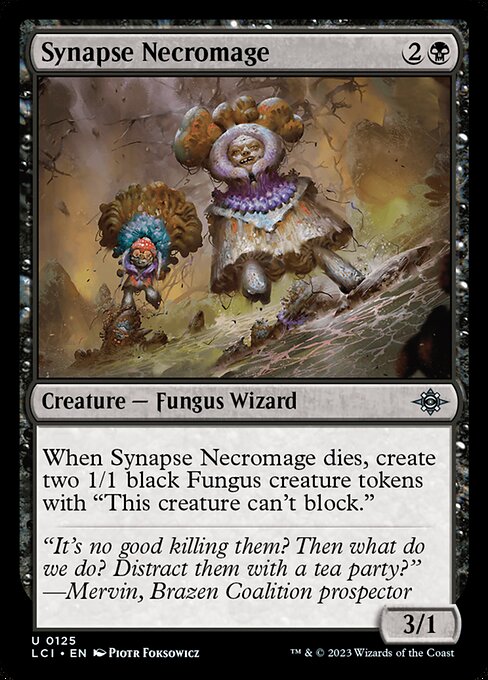
What’s great about many of these creatures is that they’re good at getting some value up front, and then trading with something and going to my graveyard, which is where I want them, because then I can get them back and play them again. Many of these creatures are much better than other cards I could be playing, so using the same cards that I play to recycle my Hoverstone Pilgrim also allows me to recycle these value creatures.
At this point I should admit that Echoing Chupacabra, not Hoverstone Pilgrim, is the real star of these decks. I mentioned that I don’t want to play a lot of removal, but I do still need an answer to my opponent’s bombs or utility creatures I have to answer like Sunshot Militia. Echoing Chupacabra typically ends up killing several creatures for me, as I play even more ways to get it back when I have one.
The next important point is that unless I have other synergies, I very rarely play creatures other than the ones listed here, and I also only play premium removal. I don’t play subpar or off-plan terminal cards, that is to say cards that don’t replace themselves. I prioritize finding my best cards very highly, so I play cards like Orazca Puzzle-Door, Inverted Iceberg and In the Presence of Ages that let me churn through my deck while filling my graveyard and digging for my best cards.
Because my strategy revolves around finding and reusing my best cards, my decks make great use of rare creatures, which is good, because a lot of the rare creatures are much better than the commons and uncommons.
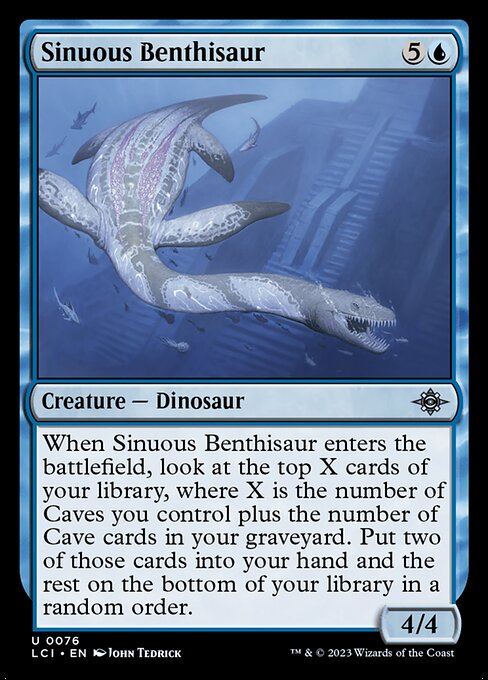
The last thing I prioritize is caves. I mentioned that I value Sinuous Benthisaur, Scampering Surveryor, and Gargantuan Leech, which suggests that I have at least some interest in caves, but I actually have a lot of interest in caves. I think all of the common caves are generally very good. It’s much harder to flood out when you have some of the discover caves, and while Promising Vein is mostly the same card as Shire Terrace, which was very bad in Lord of the Rings draft, Promising Vein is much better in this set because putting a land in your graveyard is valuable because of descend, and it makes splashing easier, and so does Captivating Cave, and the ability to sacrifice that also adds some power to your deck in the late game.
Most of the uncommon caves are only good if you have several common caves, but I’ll still take any cave over a card that isn’t very important to me so that I’m in a better position to take advantage of other caves I see.
I have much less experience drafting Red and White than drafting Blue, Black, and Green. I think Red isn’t very good at playing long games, but it does have a few tools. I think White plays decent long games, especially when paired with Blue, but I end up there a lot less because White doesn’t support the Descend theme, and I typically assume I’m going to care about that. White control decks typically involve a lot of crafting, which actually works against descend, but you can combine both if you have a lot of Puzzle-Doors and Icebergs.
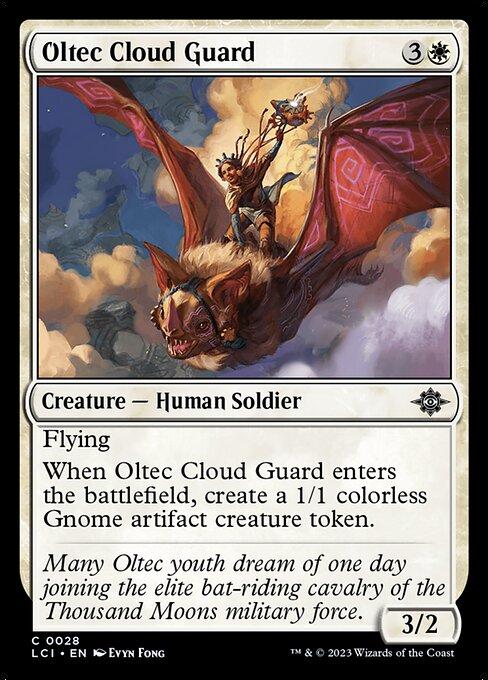
The White commons I’m most interested in in controlling decks are Petrify, Cosmium Blast, Tinkerer’s Tote, Quicksand Whirlpool, Oltec Cloud Guard, Oltec Archaeologists, and Soaring Sandwing.
I’ve known a lot of people who are frustrated with this set because of how fast and swing-y the games are, or how repetitive just drafting aggressive red artifact decks can be. If that describes you, I really think you should give the format another chance and try approaching it this way, as I’ve found both drafting and the game play especially fun and interesting.
Sam Black (any) is a former professional Magic player, longtime Magic writer, host of the Drafting Archetypes podcast, and Twitch streamer. Sam is also a Commander Cube enthusiast, and you can find Sam’s cube list here. For anything else, find Sam on Twitter: @SamuelHBlack.

